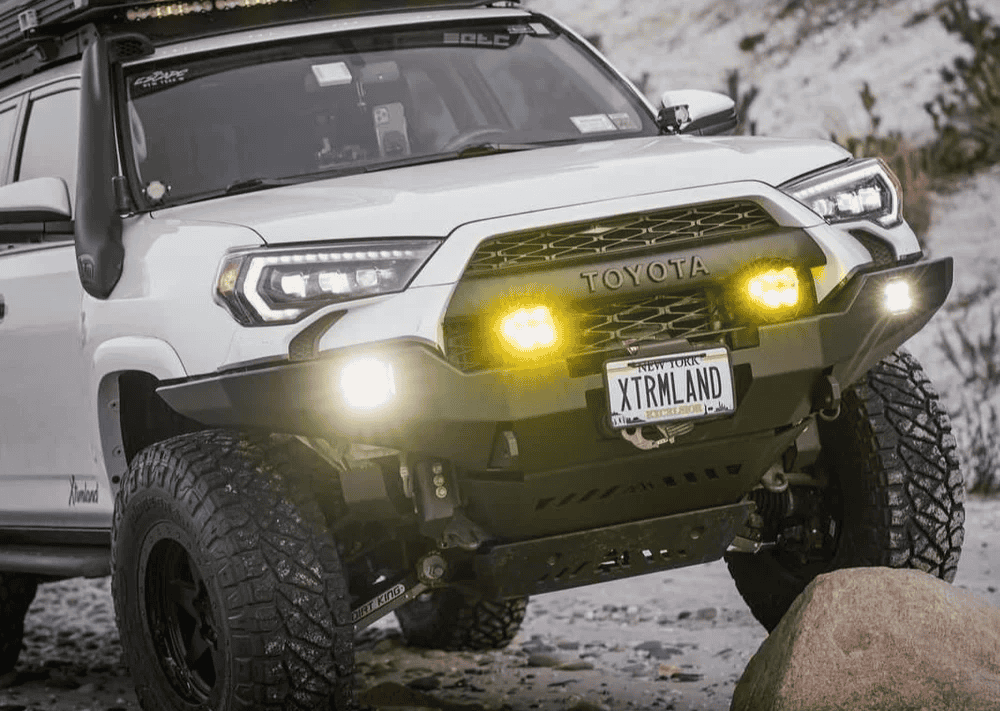Overland Vehicles

Remote camping vehicle builds start with honest trip planning. Define where you will travel, how long you will stay parked, and what weather you expect. Those three inputs drive platform selection, power requirements, water capacity, and the level of recovery gear needed.
Power comes first because it shapes the entire interior. Estimate daily watt hours for refrigeration, lights, fans, laptops, camera gear, and inverters. Size a lithium battery bank that covers two days without charging, then add solar and DC to DC charging from the alternator to stay topped off during bad weather. Mount charge controllers and fuses where you can inspect them quickly, and route cabling with abrasion protection.
Water planning pairs capacity with conservation. A simple rule is one gallon per person per day for drinking and cooking, plus extra for dishes and basic hygiene. Use a sediment prefilter on the fill line to protect plumbing. Consider a compact water heater or heat exchanger for quick rinses and winter comfort. For cold climates, insulate tanks and run lines inside conditioned space whenever possible.
Your chassis and tires determine where you can travel and how safely you return. High clearance vans and trucks with low range gearboxes offer margin on steep or rutted tracks. If you choose a two wheel drive platform, pair it with quality all terrain tires, a rear locker or limited slip differential, and traction boards to offset limitations on loose surfaces.
Suspension upgrades should improve control, not just ride height. Choose matched springs and shocks that support real world payload with room for water, tools, and spares. After the build is complete, weigh each axle and adjust spring rate, tire pressure, and alignment to preserve braking and handling.
Recovery gear is a safety plan, not decoration. Carry a rated kinetic rope, soft shackles, a shovel, and traction boards. If you install a winch, verify frame mounts and electrical cable size. Include a satellite communicator or radio for areas without cell coverage, and store first aid supplies where they are easy to reach with one hand.
Climate control and insulation turn a capable vehicle into a livable one. A roof fan creates steady airflow and cuts condensation. In cold seasons, a diesel or gasoline fueled air heater provides dry heat using the main tank. In hot climates, shade, reflective window covers, and careful ventilation reduce interior temperatures. Place thermal breaks behind wall panels to reduce radiant heat and cold spots.
Layout impacts daily comfort as much as gadget count. A simple galley with a stable cook surface, secure drawers, and a dedicated trash spot keeps camp tidy. Bed platforms that lift or fold enable flexible cargo use for bikes or boards. Choose flooring that cleans quickly and resists sand and mud, and use latch hardware on every door and drawer to prevent movement on rough roads.
Electrical and plumbing serviceability matters in the field. Group fuses in a labeled panel. Add shutoff valves at tanks and fixtures. Keep critical spares on board, including fuses, hose clamps, tape, a tire repair kit, and an air compressor. Finally, manage weight distribution by keeping heavy components low and centered to protect handling and braking.
As you refine your plan, think about connectivity and navigation. Offline maps, weather downloads, and trail information save time and reduce mistakes. Starlink or cellular boosters can support workdays in remote places, but mount hardware with sealed penetrations and tidy cable paths to prevent leaks.
When the blueprint feels complete, review the package as a system. Power, water, storage, and safety gear must fit together without crowding walkways or blocking service access. The best remote camping vehicle builds disappear in use, letting you focus on the landscape, not on the equipment.
If you want a professional team to translate your plan into metal, wood, and wire, explore our overland rigs for real world examples and capabilities. For focused upgrades like suspension, power, or storage, see our custom overland upfit options. To understand our approach and what sets our handoff apart, visit why choose OZK Customs.
Northwest Arkansas is our home base, and customers often plan a trail weekend around their build pickup. We guide you through system operation, run checklists, and ensure you leave confident. That way your first night off grid feels simple and calm.
Share how you travel, what you carry, and the weather you chase. We will map an electrical plan, specify water and climate systems, and dial in suspension to match real payloads. The goal is a quiet cabin, predictable handling, and a layout that stays tidy after long dirt miles. Fill out the form and let us design a build that keeps you comfortable and safe far from the pavement.
Ready to turn a solid plan into a rig that works everywhere you roam? Share your goals and timeline and our team will design, build, and test a reliable off grid vehicle tailored to your routes and season. Submit the form and let OZK Customs map out your next build.
ADDRESS:
6159 E Huntsville Rd, Fayetteville, AR 72701
PHONE:
(479) 326-9200
EMAIL:
info@ozkvans.com